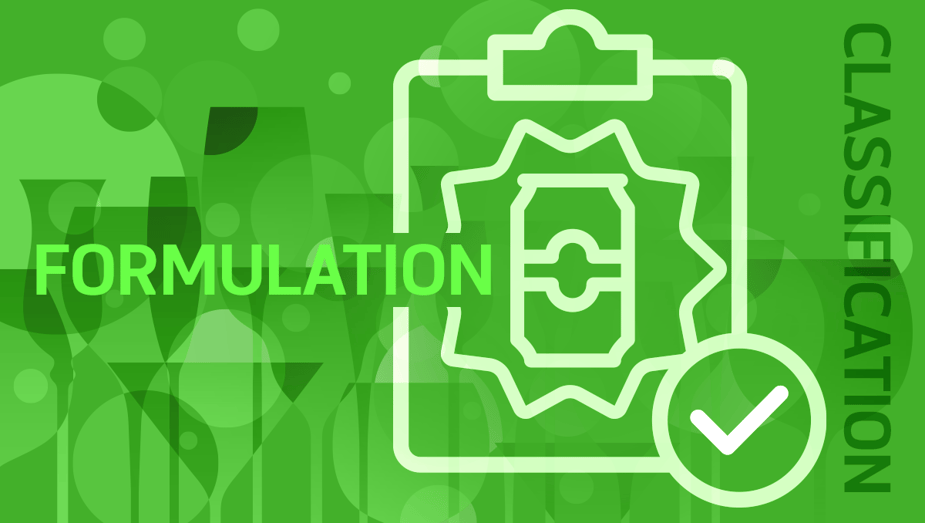
- Home
- PLM & Compliance Blog
- Navigating regulatory compliance: why classification matters when you approach the global market with your new alcoholic beverage
Navigating regulatory compliance: why classification matters when you approach the global market with your new alcoholic beverage
|
Regulatory
|
Food & Beverage
|
Blogs
Posted By:
Suzana Tripologos
There’s consumer appetite for new alcoholic and non-alcoholic beverages in the market. Two of the fastest growing beverages categories in the United States, for example, are RTDs (ready-to-drink spirits-based beverage) and non-alcoholic beer.
With consumer demand shifting, producers of all sizes from small craft to large international manufacturers are looking to capitalize with new drinks. But how can you navigate regulatory compliance with these newly popular categories, particularly in the global marketplace?
There is complexity in categorization around every turn. RTDs may be made with distilled spirits but may benefit from an alternative categorization for tax purposes. Non-alcoholic beer is often required to be classified under a sub-category of alcoholic malt beverages.
Every beverage category, and particularly within alcoholic beverages, has nuance and opportunity. The tax and formula implications of where you choose to categorize your new product will have a broad impact on opportunities and profitability.
And with myriad regulations across all of your international markets, where do you begin?
Which Comes First: Formulation or Classification?
So which comes first, formulation or classification? In an ideal world, they happen at the same time. Clearly understanding the implications of each class and the opportunities they provide is a crucial step in developing your new product.
For example, will you be allowed to include preservatives in your non-alcoholic beer? Well, it depends on how you classify your beverage. To ensure compliance you’ll need to determine this before you finalize your beverage’s formulation.
In the United States, India, and Australia your non-alcoholic or low-alcoholic beer will fall under the same category as alcohol, Codex 14.2. However, as a properly identified sub-category it is also subject to divergent standards, including the availability to use preservatives such as Benzoic Acid and Glycolipids, which typically are forbidden in any concentration for alcoholic beer.
Emerging Product Development: RTDs in China
In a recent webinar hosted by Trace One to discuss the Regulatory Focus on Alcoholic Beverages, a question arose about how to classify a new RTD in China.
This is a classic example of where positioning can have profound implications on new market opportunities. Will you be able to add natural flavorings to your RTD? That also depends on which class of beverage and in which country you’re selling in.
As it turns out, Chinese regulations provide for three categories of alcoholic beverages each with its own set of labeling and tax requirements: 15.01 Distilled Spirits, 15.02 Fermented Alcoholic Beverages, and 15.03 Integrated Alcoholic Beverages.
Though your RTD beverage may have a distilled spirit at its base because you are adding additional flavorings, you may qualify to import your product as 15.03, which would allow a greater number of ingredients and additives.
This category is fairly unique to China, you may not be aware that it is an option for your product. Understanding this classification opportunity could improve product outcomes in that market.
Get ahead of the curve: finding global regulatory compliance documentation and expertise before you launch
With such important differences between classes of beverages, having the most accurate and up-to-date information can be a game changer. But staying abreast of this global documentation, which frequently changes and isn’t always published in English, is difficult.
Regulatory libraries like Trace One’s Trace One Regulatory Compliance simplify regulatory research. Trace One Regulatory Compliance gives you access to a centralized database of global documentation that can be easily searched to identify classification requirements alone. Custom alerts are easily configured, allowing users to receive important updates to global regulations as they occur.

Classification of adult drinks, whether they be RTD, alcoholic, or non-alcoholic can represent the biggest obstacle or opportunity for beverage manufacturers. Having a deep understanding of a market’s regulatory requirements around classification can unlock unique benefits while also helping to successfully launch.